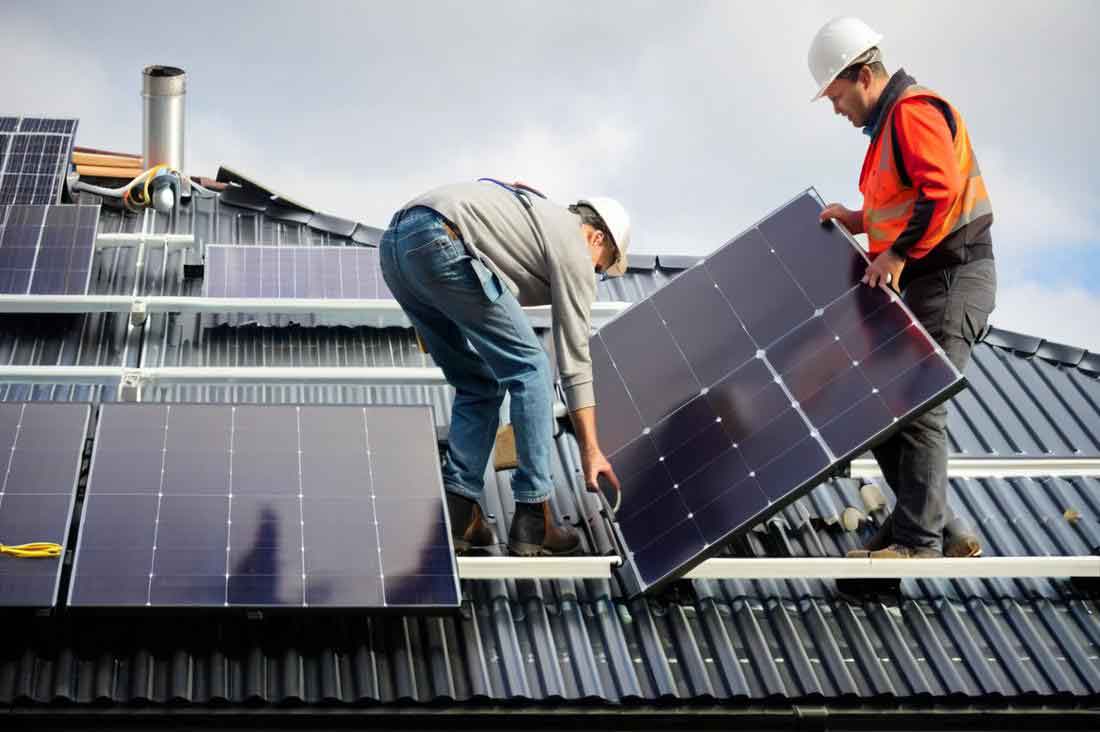
Abstract
Solar photovoltaic (PV) energy is a cornerstone of sustainable energy systems. However, solar panels deployed in harsh environments are prone to damage, leading to the hot spot effect, which reduces efficiency and poses fire risks. This study addresses the limitations of existing hot spot detection methods by proposing an integrated framework combining infrared image enhancement, solar panel detection, and hot spot identification. Key contributions include:
- Infrared Image Enhancement Algorithm (IHFC): Combines modified homomorphic filtering and CLAHE with gamma correction to improve contrast and edge clarity.
- CFG-YOLO for Solar Panel Detection: Integrates 3CA attention mechanisms, Focal Loss, and GIoU loss to achieve 99.62% detection accuracy.
- RCE-YOLO for Hot Spot Detection: Utilizes RFB modules, CA attention, and EIoU loss, achieving 93.25% detection accuracy.
Experimental results validate the superiority of the proposed methods in handling low-contrast infrared images and complex backgrounds.
1. Introduction
Solar panels are critical for renewable energy generation, but their outdoor exposure leads to degradation. Hot spots, localized overheating due to shading or defects, significantly impact performance. Traditional inspection methods, such as electrical parameter monitoring, are costly and inefficient for large-scale solar farms. Infrared (IR) imaging via drones offers a non-invasive solution, but challenges persist:
- Low contrast in IR images due to environmental noise.
- Complex backgrounds with temperature similarities between panels and surroundings.
- Variable hot spot scales and shapes, complicating detection.
This study proposes a three-stage framework to overcome these challenges (Figure 1).
2. Infrared Image Enhancement for Solar Panels
2.1 Challenges in Raw IR Images
Drone-captured IR images of solar panels often suffer from:
- Low resolution and signal-to-noise ratio (SNR).
- Poor contrast between panels and backgrounds (Figure 2a).
- Pixel values concentrated in narrow ranges (Figure 2b).
2.2 Proposed IHFC Algorithm
The Improved Homomorphic Filtering and CLAHE (IHFC) algorithm enhances IR images through two stages:
Stage 1: Modified Homomorphic Filtering
- Replaces traditional transfer functions with a single-parameter logarithmic function (Equation 1):H(u,v)=ln(D(u,v)+48)⋅k−1H(u,v)=ln(D(u,v)+48)⋅k−1
- Improves brightness and suppresses low-frequency noise (Figure 3).
Stage 2: CLAHE with Gamma Correction
- Splits images into tiles, clips histograms, and redistributes pixels.
- Applies adaptive gamma correction to reduce background interference (Equation 2):γ=log(0.5)/log(mean/255)γ=log(0.5)/log(mean/255)
Performance Comparison
| Algorithm | Mean Gradient | Contrast | MSSIM |
|---|---|---|---|
| Original | 0.55 | 0.24 | – |
| IHFC (Proposed) | 3.44 | 9.17 | 0.60 |
| SHFC | 1.82 | 7.53 | 0.75 |
| ESHF | 1.21 | 4.66 | 0.68 |
IHFC achieves a 75% Comprehensive Evaluation Index (CEI), outperforming benchmarks by 12–25% (Figure 4).
3. Solar Panel Detection Using CFG-YOLO
3.1 Limitations of Existing Methods
- Poor generalization across varying panel scales.
- Inability to distinguish panels from temperature-similar backgrounds.
3.2 CFG-YOLO Architecture
- Backbone: Integrates 3CA attention modules to capture edge details (Figure 5).
- Loss Functions:
- Focal Loss mitigates class imbalance.
- GIoU Loss improves bounding box regression (Equation 3):GIoU=IoU−C−BCGIoU=IoU−CC−B
Results
| Model | mAP (%) | Precision (%) | Recall (%) | FPS |
|---|---|---|---|---|
| YOLOX-S | 74.90 | 85.45 | 71.68 | 32 |
| CFG-YOLO | 99.62 | 95.77 | 99.06 | 30 |
| YOLOv7-tiny | 65.53 | 74.94 | 63.78 | 51 |
CFG-YOLO reduces false negatives by 11.6% and achieves near-perfect detection (Figure 6).
4. Hot Spot Detection Using RCE-YOLO
4.1 Challenges in Hot Spot Detection
- Small-scale hot spots (<32×32 pixels).
- Overlapping detection boxes and slow convergence.
4.2 RCE-YOLO Enhancements
- RFB Module: Replaces SPP to capture multi-scale features (Figure 7).
- CA Attention: Added before upsampling to prioritize spatial details.
- EIoU Loss: Enhances regression for small targets (Equation 4):LEIoU=1−IoU+ρ2(b,bgt)cw2+ch2+ρ2(w,wgt)cw2+ρ2(h,hgt)ch2LEIoU=1−IoU+cw2+ch2ρ2(b,bgt)+cw2ρ2(w,wgt)+ch2ρ2(h,hgt)
Performance Comparison
| Model | mAP (%) | Precision (%) | Recall (%) |
|---|---|---|---|
| YOLOv5-S | 88.68 | 92.91 | 68.22 |
| RCE-YOLO | 93.25 | 94.92 | 81.92 |
| KDANet | 90.54 | 91.22 | 77.59 |
RCE-YOLO improves mAP by 4.57% over YOLOv5-S, demonstrating robustness across hot spot scales (Figure 8).
5. Conclusion
This study presents a comprehensive framework for detecting hot spots in solar panels using enhanced IR imaging. Key achievements include:
- IHFC Algorithm: Enhances low-contrast IR images, improving subsequent detection accuracy.
- CFG-YOLO: Achieves 99.62% solar panel detection accuracy via attention mechanisms and optimized loss functions.
- RCE-YOLO: Detects multi-scale hot spots with 93.25% accuracy, outperforming state-of-the-art models.
Future Work:
- Develop unsupervised detection to reduce labeling costs.
- Expand defect types (e.g., cracks, discoloration).
- Optimize computational efficiency for real-time drone deployment.
